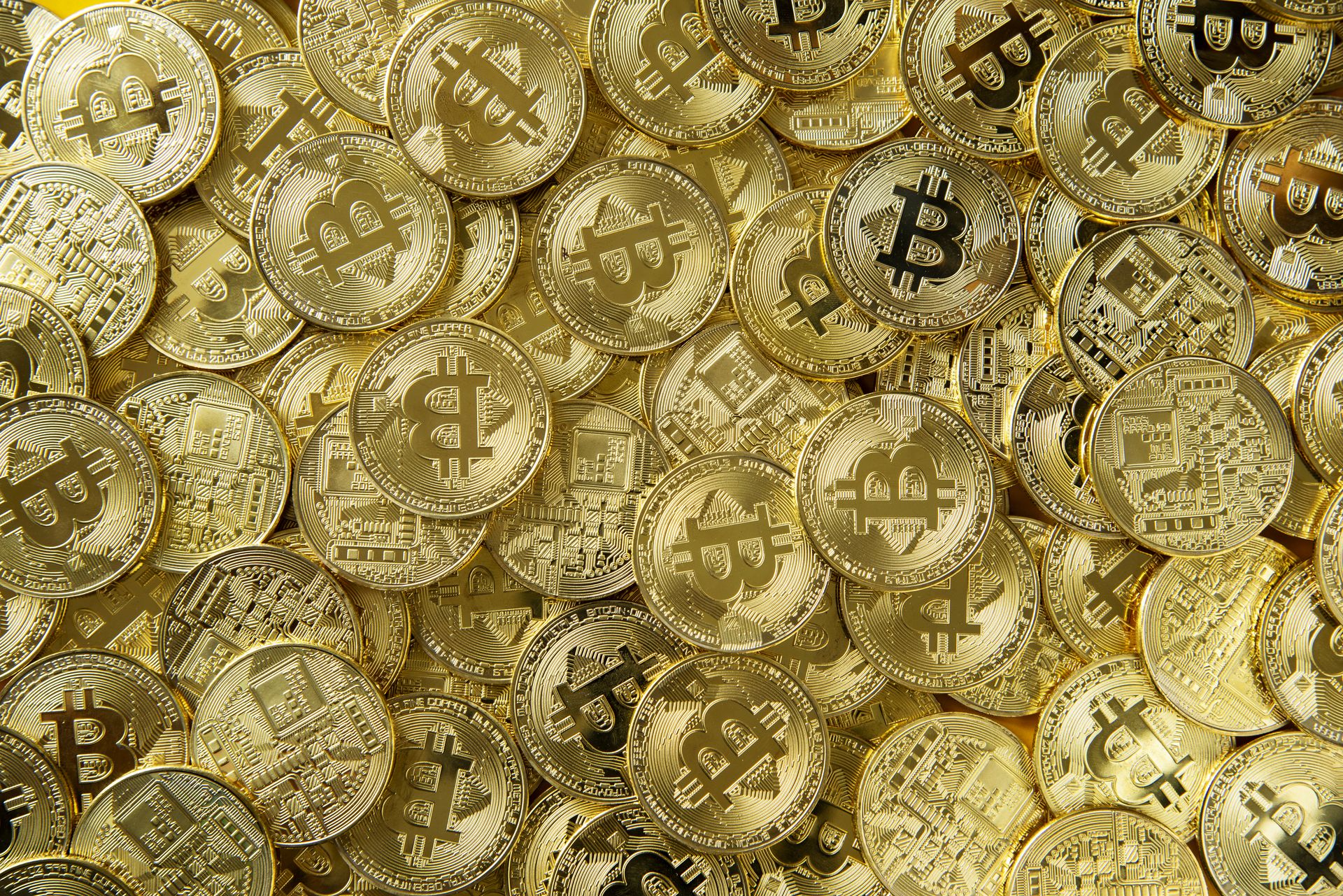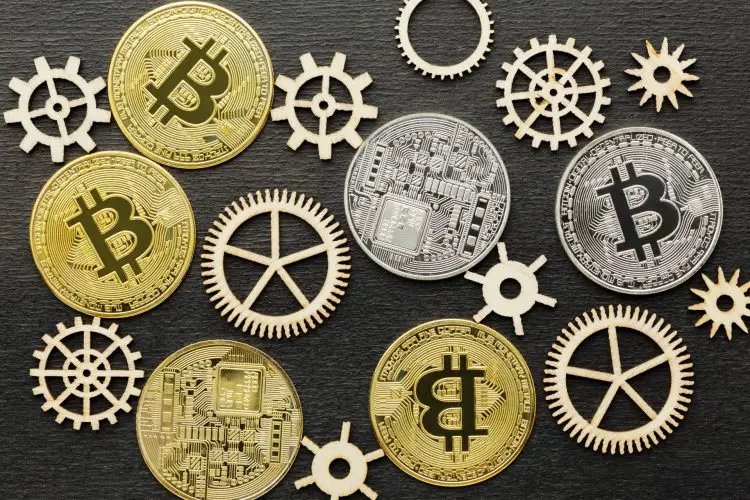Understanding how cryptocurrencies like Bitcoin work and gain value is crucial within the lifeblood of the Bitcoin ecosystem. Bitcoin halving, a cornerstone of this ecosystem, deserves close attention as it has significant consequences for both miners and investors in the long run.
Cryptocurrency can be complex, and Bitcoin, the first and most well-known digital currency, is no exception. Understanding how Bitcoin functions and what factors influence its value is critical for anyone interested in the cryptocurrency
To ensure this limited supply is gradually released into circulation, a process known as mining was established. Miners dedicate significant computational power to solving complex puzzles, and as a reward for their efforts, they receive newly minted Bitcoins. However, there’s a twist: the number of Bitcoins awarded for successful mining is not constant. This is where the concept of Bitcoin halving comes into play.
What is Bitcoin halving and how does it work?
Bitcoin halving refers to the event where the reward for mining Bitcoin is cut in half. This reward is the income miners receive for processing the blockchain algorithm. It happens roughly every four years after 210,000 blocks are added to the Bitcoin network.
Established by Bitcoin’s creator, this halving mechanism serves to continually reduce the rate at which new Bitcoins enter circulation. This process acts as a strategy for the Bitcoin economy to combat inflation and ultimately become a deflationary (continuously decreasing) asset.
Here’s a breakdown of when the next Bitcoin halving might happen and its potential outcomes:
- The next halving is expected in April 2024, bringing the block reward down to 3.125 BTC.
- It’s impossible to say for certain how halving will affect Bitcoin’s price and the overall crypto market.
- However, past halving events have been linked to significant price increases for Bitcoin.
- In the long run, halving events could contribute to making Bitcoin a rarer and more valuable asset.

As for the potential impact of Bitcoin halving:
- Impact on inflation: Halving helps reduce inflationary pressure by decreasing Bitcoin’s supply.
- Impact on demand: Halving has the potential to increase demand for Bitcoin, which could lead to a price rise.
- Impact on investment: Halving could make Bitcoin a more attractive investment opportunity.
- Impact on mining: Halving can make mining less profitable by lowering mining rewards.
- Impact on consumers: Halving could increase Bitcoin’s price, making it a more expensive good for consumers.
Why doesn’t Bitcoin halving happen every 4 years exactly?
The Bitcoin mining algorithm is designed to find new blocks every 10 minutes on average. However, some blocks may take longer or shorter than 10 minutes. This variability can slightly alter the timeframe for reaching the next halving target.
What happens when all Bitcoins are mined?
The last Bitcoin is estimated to be mined around the year 2140. As the reward halves every 210,000 blocks, it will continue to shrink until it reaches a single satoshi, the smallest unit of Bitcoin (0.00000001 BTC), bringing the total circulating supply to 21 million.
Featured image credit: Freepik





